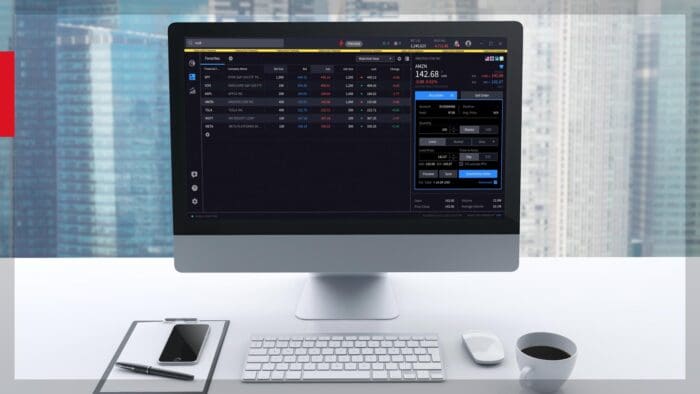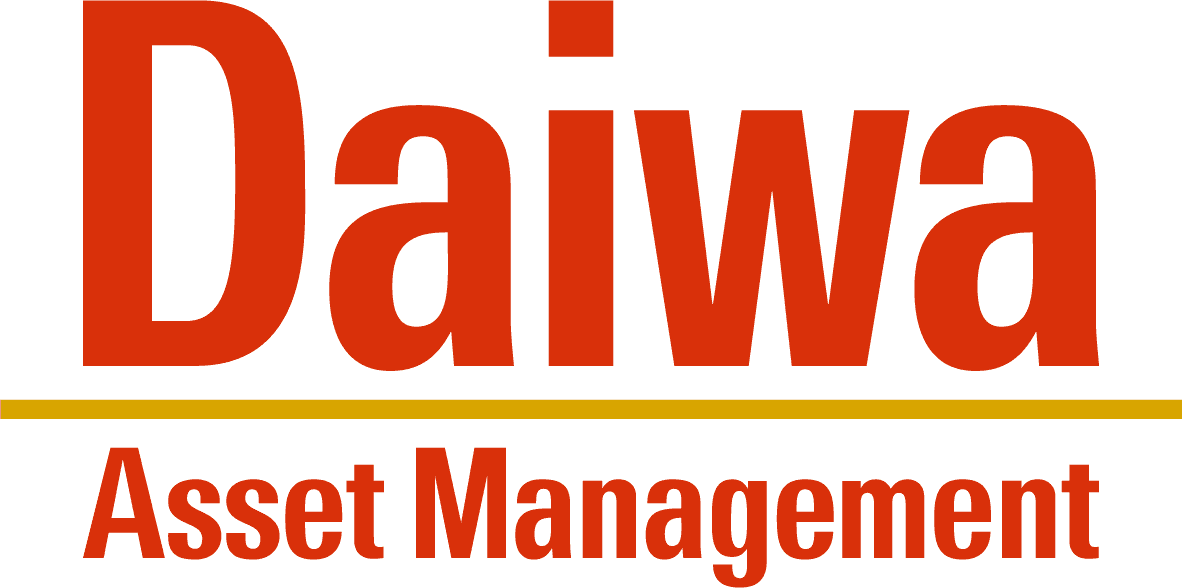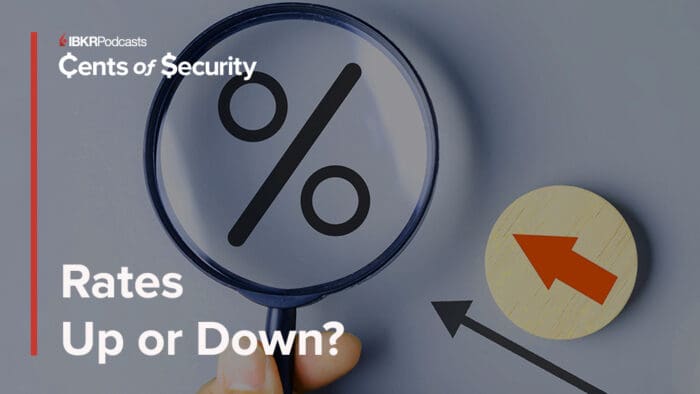Wall Street is ignoring tariff threats from President Trump and is instead looking at a busy week for the economic and corporate earnings calendars. The Commander in Chief declared 30% levies on Mexico and the EU while raising tension on Moscow by further supporting Kyiv’s military and by hitting the Kremlin with more cross-border duties. Meanwhile, the news flow will likely intensify tomorrow as the June Consumer Price Index release coincides with the beginning of quarterly profitability results. Fixed-income watchers anticipate the first meaningful inflationary increase in a while as the yield curve climbs north gradually in bear-steepening fashion. But as investors trim Treasuries, especially at the long end, they are scooping up equities in all four of the major domestic benchmarks. The greenback, forecast contracts and volatility protection instruments are additionally catching bids; bitcoin hit a record above $123,000 in earlier trading. Conversely, the commodity complex minus natural gas is facing selling pressure across the board.
CPI To Dominate Market Narrative
Tomorrow’s CPI is expected to reflect jumps in the overall and core aspects due to unfavorable comps amidst shifts in global trade routes. The headline figure is projected to accelerate from 2.4% to 2.7% while core is anticipated to climb from 2.8% to 3%. Much of the pickup will be due to challenging base effects but economists and traders alike will be watching for any damage from President Trump’s adversarial trade postures. Earlier this year, firms hoarded inventory in efforts to shield consumers from heavier charges, helping to keep cost forces down. But that’s incrementally becoming tougher as corporates contend with fluid tariff rates that can change on a dime and significantly affect costs and margins. So the potential gain in prices can occur not just because of the duties themselves, but also from the uncertainty surrounding them. Still, though, Wall Street is perceiving cross-border commerce conflicts as short-term risks that will be reconciled, rather than long-haul vulnerabilities that would harm economic conditions for years to come.
International Roundup
China’s Trade Stronger than Expected
China’s trade surplus grew more than anticipated last month as shipments to the US stabilized and the world’s second-largest economy distributed more of its products to other markets. Additionally, US importers are believed to have stocked up on items to front run a potential increase in tariffs that President Trump has threatened if an August 12 deadline for reaching a final trade agreement isn’t met.
In June, China’s shipments abroad outpaced imports by $114.77 billion, surpassing the economist consensus estimate of $113.2 billion and May’s $103.22 billion. Exports were up 5.8% year over year (y/y), exceeding the estimate of 5% and strengthening from 4.8% in May. With the country’s economy suffering from low consumption, excess manufacturing capacity and a glut of real estate, imports grew only 1.1% y/y, a reversal from May’s 3.4% decline but below the prediction for a 1.3% gain.
And Loan Growth Is Unchanged
Outstanding debt in China increased 7.1% in June y/y, matching the preceding period’s print and exceeding the economist consensus forecast for a 7% northward movement. Government debt issuance contributed to the higher number. New government debt, intended to help stimulate the economy, helped offset weakness elsewhere, including mortgages and other real estate financing as home prices have been declining due to excess supply.
Decline in Japan’s Core Machinery Orders Eases
Core machinery orders, which exclude the more volatile utility and shipping category, fell 0.6% month over month (m/m) in May, a moderation from the 9.1% contraction in April and better than the economist consensus expectation of -1.4%. Core orders received by the group of 280 manufacturers surveyed for the report were 4.4% higher y/y, decelerating from the 6.6% pace in April but stronger than the estimate of 3.4%.
Capacity Use is Up, Production Decline Slows
Japan’s capacity utilization climbed 2% m/m in May, a faster pace than April’s 1.3% gain, but industrial production dipped 0.1%, underperforming the economist forecast for 0.5% expansion but the descent slowed from April’s -1.1% result.
Canada Wholesale Sector Reverses from Decline
May wholesale transactions in Canada climbed 0.1% m/m and 1.8% y/y. While the m/m pace was slow, it was better than the 2.2% decline in the preceding month and the consensus estimate for a 0.4% dip. Within the gauge, which excludes hydrocarbons, oilseed and grain, five of seven subsectors were up. The largest growth was in the personal and household goods category and motor vehicle and motor vehicle parts groups with gains of 3.5% and 2.2%. The farm, lawn and garden machinery and equipment group had the largest drag on results with a 17.1% drop, followed by the 3.9% fall of the construction, forestry, mining, and industrial machinery, equipment and supplies group. Among survey respondents, those that said the US-Canada trade dispute had impacted their business went from 43.6% in April to 36.9%.
Disclosure: Interactive Brokers Affiliate
Information posted on IBKR Campus that is provided by third-parties does NOT constitute a recommendation that you should contract for the services of that third party. Third-party participants who contribute to IBKR Campus are independent of Interactive Brokers and Interactive Brokers does not make any representations or warranties concerning the services offered, their past or future performance, or the accuracy of the information provided by the third party. Past performance is no guarantee of future results.
This material is from IBKR Macroeconomics, an affiliate of Interactive Brokers LLC, and is being posted with its permission. The views expressed in this material are solely those of the author and/or IBKR Macroeconomics and Interactive Brokers is not endorsing or recommending any investment or trading discussed in the material. This material is not and should not be construed as an offer to buy or sell any security. It should not be construed as research or investment advice or a recommendation to buy, sell or hold any security or commodity. This material does not and is not intended to take into account the particular financial conditions, investment objectives or requirements of individual customers. Before acting on this material, you should consider whether it is suitable for your particular circumstances and, as necessary, seek professional advice.



















Join The Conversation
For specific platform feedback and suggestions, please submit it directly to our team using these instructions.
If you have an account-specific question or concern, please reach out to Client Services.
We encourage you to look through our FAQs before posting. Your question may already be covered!